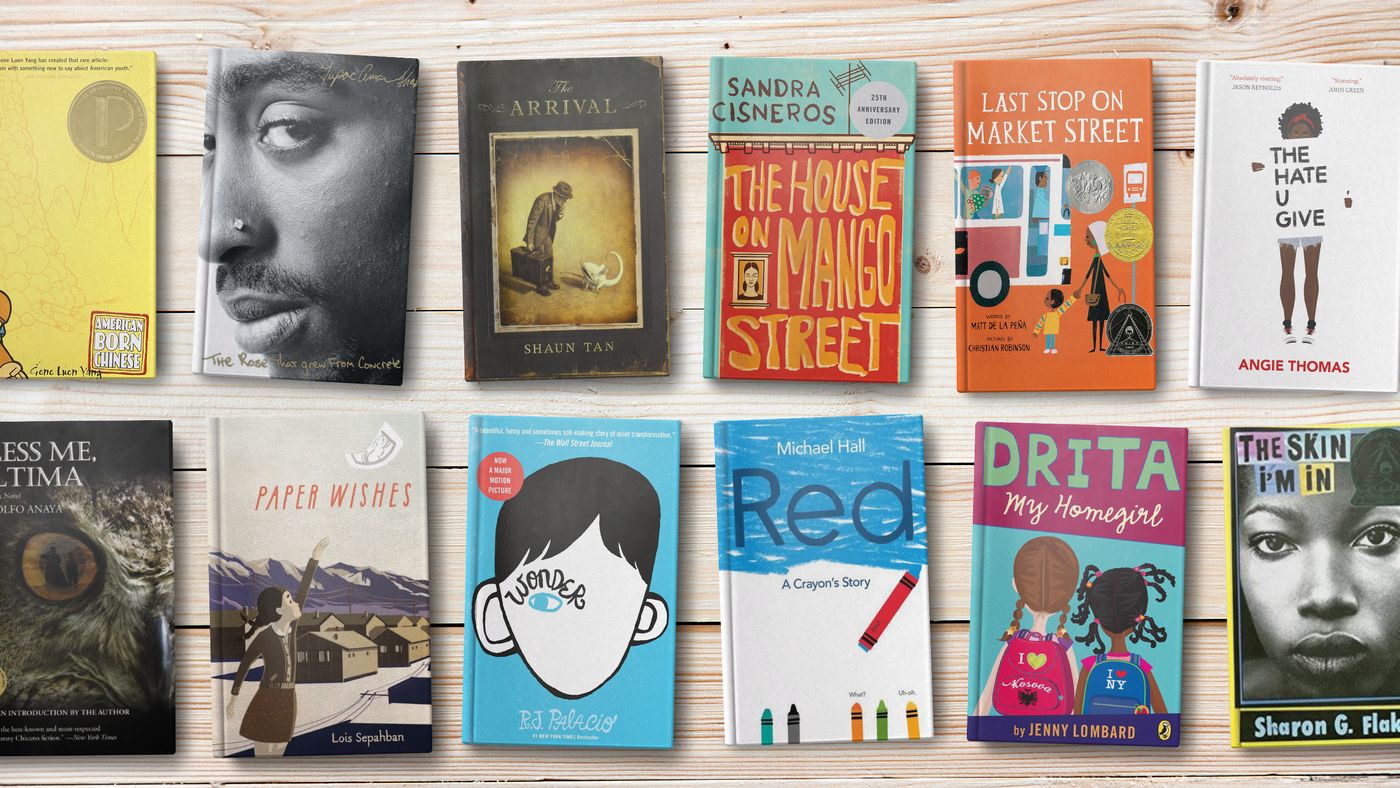Knowing how to effectively communicate is a 21st-century competency that everyone needs to have!
 |
What a classroom looks like when students do not have a voice |
 |
What a classroom looks like when students are encouraged to use their voice |
Oral Communication in the Ontario Curriculum
Not only is effective communication a skill that everyone needs to survive in this day and age. It also is a strand called Oral Communication in the Ontario Language Arts curriculum. Expectations in the curriculum requirements that students will:
OC1. listen in order to understand and respond appropriately in a variety of situations for a
variety of purposes (p. 9).
OC2. use speaking skills and strategies appropriately to communicate with different audiences for a variety of purposes (p. 9).
OC3. reflect on and identify their strengths as listeners and speakers, areas for improvement,
and the strategies they found most helpful in oral communication situations (p. 10).
Good educators don't just teach students how to speak but how to effectively communicate in today's day and age.
This video represents the importance of teaching effective communication skills and what happens when individuals do not have these skills.
3 Ways To Teach Students about Effective Communication
1. The Importance of Listening
The first step to developing effective communication amongst your students is teaching them the most important skill; listening. We cannot have effective communication if we do not know how to listen to one another. In the TedTalk, Julian Treasure states in just 5 steps how to become better listeners. This resource is not only an effective tool to help your students, but also to develop better listening skills as an educator. It is important for educators to develop good listening skills so that they can understand the needs of the students in their class and how they can help them.
2. Talking Circles
Talking circles are a great way for students to learn how to communicate with other individuals and to demonstrate how to communicate effectively. Talking circles allow for diverse opinions on topics to be shared and for students to learn how to respectively respond back.
3. Podcasts
https://www.thepodcasthost.com/niche-case-study/podcasting-in-education/
This article describes the importance and benefits of incorporating podcasts into lessons. Students are more likely to be engaged in a podcast for a longer period of time compared to a video or listening to a person lecturing at the front of the class.
In addition, Podcasts are also a great platform for students to demonstrate effective communication skills. Long gone are the days when students did formal public speeches for their culminating activity to demonstrate that they are meeting their oral communication expectations. Know there are other platforms like Podcasts that take away anxiety and nerves of presenting in front of large groups and provide a more creative way for students to demonstrate that they have met the oral communication expectations. The link listed provides sites where students and educators can create their own podcasts. https://www.podcastinsights.com/best-podcast-hosting/
 |
Now You and Your Students can become Effective Communicators! |
References
BCPSQC. (21 Nov 2014). How well does your team communicate? [Video file]. Retrieved from https://youtu.be/gp9x3fvKjm4.
Cult of Pedagogy. (24 Oct 2013). Chat Stations for Class Discussion. [Video file]. Retrieved from https://youtu.be/eFUL4yP0vqo
Gray C., (24 Jan 2017). Podcasting in Education: What are the Benefits?. Retrieved from
https://www.thepodcasthost.com/niche-case-study/podcasting-in-education/
TED. (29 Jul 2011). 5 Ways to Listen Better: Julian Treasure. [Video file]. Retrieved from https://youtu.be/cSohjlYQI2A.
Winn r., (22 Nov 2019). 31 Best Podcast Hosting Sites in 2019. Retrieved from https://www.podcastinsights.com/best-podcast-hosting/









